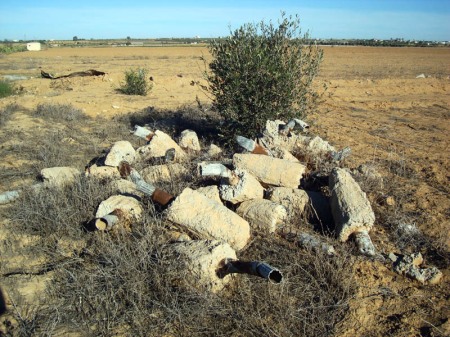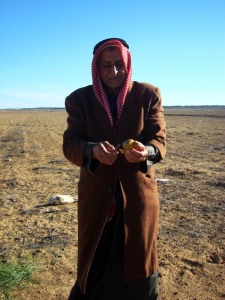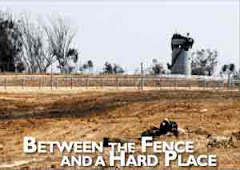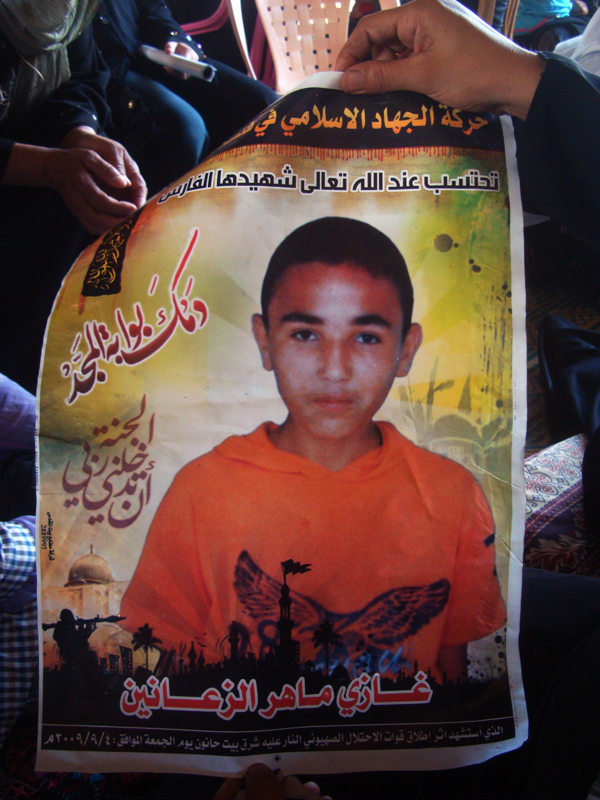19-1-2010
For the second time in the past ten years, at approximately 6pm on Monday 18 January 2010, Israel opened the floodgates of one of the dams in the Gaza Valley, which flows into Gaza from the east. As a result, dozens of Palestinian houses and properties were damaged. Israel built this floodgate to prevent the rainwater's natural flow into Gaza, depriving the Gaza aquifer from its main natural source of underground water.
According to Al Mezan Centre for Human Rights field workers, the water flooded both sides of the Gaza Valley, causing harm to the Palestinian houses; agricultural land and other properties.
Dozens of Bedouin families live in that area. According to Al Mezan's field workers, about 50 families live in tents in that area. Water reached about two meters above the valley's level and flooded their houses. Other families who have been living in the watercourse in the valley, which has been dry for many years due to the Israeli dams, had left the area two days before the flood occurred due to the heavy rain. The mayor of the Gaza Valley village (Juhr Ad-Dik) told Al Mezan that about seventy houses were flooded, dozens of poultry and sheep died, and several personal belongings were damaged as people were surprised by the sudden flow of water.
Al Mezan condemns the Israeli conduct which came without any prior warning or coordination with local authorities or international organizations working in Gaza. Israel keeps a close eye on Gaza and knows well the possible catastrophic consequences of such a huge, sudden water flow. A similar situation had occurred when the so-called Nahal Oz dam suddenly collapsed nine years ago, on 26 March 2001. Hundreds of donams of agricultural lands; chicken and cow farms; and rural houses were damaged. Then, the Israeli authorities took precautions on their side of the border before the collapse; however, they did not inform the Palestinian authorities with whom they had regular coordination at the time.
In the light of the above, Al Mezan asserts that the Israeli authorities bear the responsibility for the moral and physical damages resulted from this sudden water flow into the Gaza Valley. Al Mezan calls upon the international community to take effective steps to stop the Israeli violations against Palestinian civilians; including the policy of preventing the natural flow of water into the Gaza Strip amid an acute shortage in drinking water in the Strip.
















